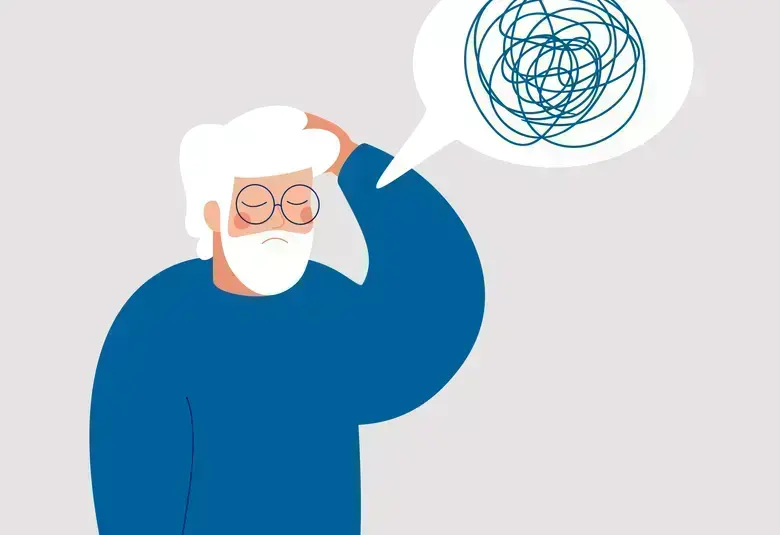Is it necessary to consider both patients and treating physicians’ views when investigating therapy outcomes? What are the unmet needs of patients who have failed at least two migraine preventive treatments? Can a corporate well-being program improve outcomes for people with migraine? Answers to these questions, all aimed at improving quality of life of patients with migraine, were provided by three presentations at EAN 2020.
Patients and physicians see things differently
Perceptions differ between patients and the treating physicians
It is important to consider both patients and treating physicians’ views to generate comprehensive and unbiased real-world evidence data, said Mirja Koch of Novartis Pharma GmbH, Nuremberg, Germany.
An online survey of 90 patients and 45 migraine-treating physicians she carried out with colleagues in Germany in 2019 revealed differences and overlaps in perceptions of therapy outcomes in terms of onset of treatment and impact on quality of life, intensity and duration of migraine attack, accompanying symptoms, response to acute medication and frequency and duration of aura.
Unmet needs for patients who have failed at least two migraine preventive treatments
Unmet needs might vary in different countries
Patients with episodic migraine and chronic migraine who have failed at least two migraine preventive treatments experience substantial migraine-related disability (as measured by the Migraine Disability Score [MIDAS]) and a negative impact on health-related quality of life, said Samuel Díaz-Insa of University and Polytechnic La Fe Hospital, Valencia Spain.
A web-based survey he carried out with colleagues involving 316 patients in the United Kingdom, France and Spain demonstrated these unmet needs for people with migraine.
The migraine-related disability and negative impact on health-related quality of life were more severe for patients with chronic migraine than episodic migraine (for a discussion of chronic vs episodic migraine see https://progress.im/en/content/chronic-migraine-more-chronic-severe-episodic-migraine); and also more severe for patients in Spain and France than for patients in the United Kingdom.
Dr Díaz-Insa suggested that unmet needs might therefore vary in different countries.
Including migraine management to corporate well-being programs
A migraine care program can benefit employees with migraine
A migraine care program for employees and their families with a diagnosis or high probability of migraine to improve quality of life for people with migraine was described by Leonhard Schaetz of Novartis Pharma AG, Basel, Switzerland.
Of 339 participants, 76 completed the program of six monthly sessions of individualized telecoaching comprised of educational modules and action plans.
The results demonstrated that an employer-sponsored disease education and management program that empowers participants to leverage all medical and lifestyle options can significantly decrease migraine-related disability, increase productivity, and promote patient activation measures.
For the latest updates on sea.progress.im, subscribe to our Telegram Channel https://bit.ly/telePiM
Our correspondent’s highlights from the symposium are meant as a fair representation of the scientific content presented. The views and opinions expressed on this page do not necessarily reflect those of Lundbeck.




